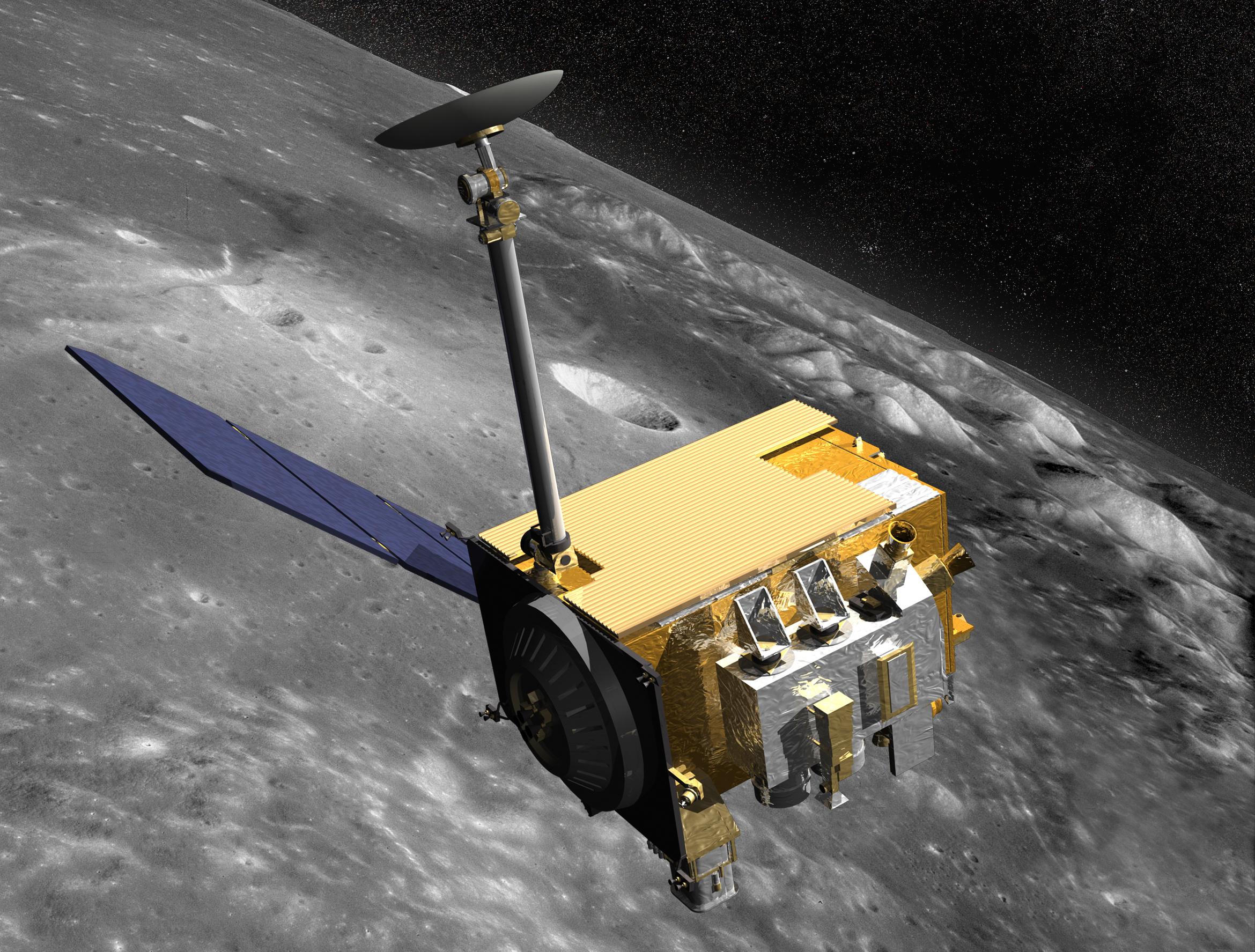Finding Cold Traps on the Moon (NASA)
On the moon, there are regions that are cold enough to host long-lasting deposits of water ice. These regions with long-lasting water ice deposits are known as “cold traps.” Throughout my Fall 2017 and Spring 2018 NASA fellowship period, I worked with Diviner data from the NASA Lunar Reconnaissance Orbiter (LRO) to identify cold traps by visualizing peak temperatures of the Moon.

Diviner is a NASA instrument that measures day and night surface temperatures of the lunar surface. Since July 2009, the Diviner has produced one dataset for every 10 minutes of every day with each data file containing 800,000+ lines of temperature data. The goal of my project was to create scalable tools that read and process temperature data in parallel to identify cold traps on the Moon.
Thanks to the funding and support from the NASA Space Grant program, I was able to use multiple Amazon Web Services cloud configurations to host Diviner data after preprocessing the data to remove NaNs and error values.
In addition, I used Python multiprocessing modules to process Diviner data in parallel and reduced I/O operations by 85% (6570 hours per year of data).
 Along with creating data processing tools to work with Diviner data, I also created maps of peak temperatures using Matplotlib based on larger datasets to visualize where cold traps can be found on the Moon.
Along with creating data processing tools to work with Diviner data, I also created maps of peak temperatures using Matplotlib based on larger datasets to visualize where cold traps can be found on the Moon.

Ultimately, I was able to achieve a 28MB/sec read time with my data processing tools and discovered that the cold traps on the Moon are shrinking. Based on a comparison and visualization of peak temperatures on the Moon from 2009 and 2010-2016, it was evident that cold traps on the Moon shrink with time. Smaller cold traps imply that the temperature of the Moon has been increasing as the moon undergoes small orbital changes (lunar precession) every year.
This project has taught me the importance using multiprocessing and writing efficient code to decrease bottlenecks and costs because of the large volume of data the Diviner produces daily. In addition, I also developed my project management skills as I had to factor in the project timeline, scope, and cost constraints to ensure monthly project progress and deliverables to my project mentor and Hawaii Space Grant Consortium to obtain continual funding from the NASA Space Grant Fellowship program.
 Christopher Nguyen
Christopher Nguyen